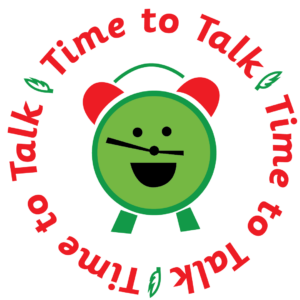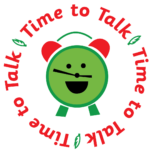Year 6
-
1 of 18
Autumn 1
-
2 of 18
Autumn 1
-
3 of 18
Autumn 1
-
4 of 18
Autumn 2
-
5 of 18
Autumn 2
-
6 of 18
Autumn 2
-
7 of 18
Spring 1
-
8 of 18
Spring 1
-
9 of 18
Spring 1
-
10 of 18
Spring 2
-
11 of 18
Spring 2
-
12 of 18
Spring 2
-
13 of 18
Summer 1
-
14 of 18
Summer 1
-
15 of 18
Summer 1
-
16 of 18
Summer 2
-
17 of 18
Summer 2
-
18 of 18
Summer 2

 Sign in
Sign in

